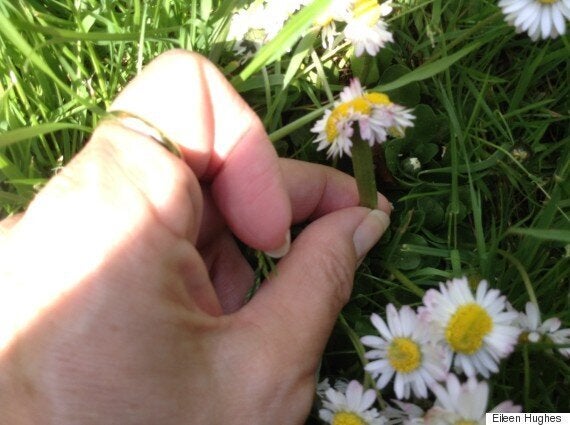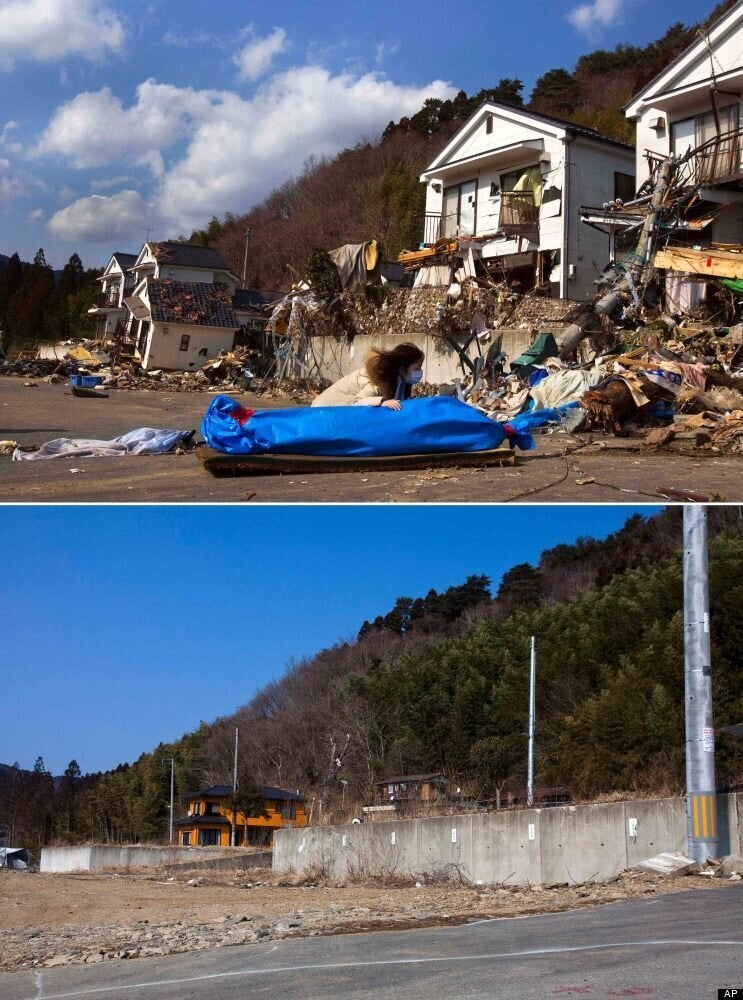An image showing a cluster of humble daisies is making waves on the internet.
But these are no ordinary daisies. In fact, the blooms show signs of being distinctly out-of-the-ordinary, owing to deformities including fused flowers and stems.
What’s more, the tiny flowers are said to have been found growing near the site of the Fukushima nuclear plant in Japan.
The site is of course infamous after a massive earthquake and tsunami leveled villages across Japan’s northeast coast and set off multiple meltdowns at the Fukushima nuclear plant in 2011.
The daisy image was posted to Twitter by user San Kaido, who wrote: “The right one grew up, split into 2 stems to have to flowers connected to each other, having 4 stems of flower tied belt-like.
“The left one has 4 stems grew up to be tied to each other and it had the ring-shaped flower.
“The atmospheric dose is 0.5 μSv/h at 1m above the ground.”
However, contrary to internet lore, the strange appearance of these daisies may have nothing at all to do with the nuclear radiation leaks.
Some plants and flowers have flattened, elongated shoots and flower heads that look like many stems pressed together due to a condition called fasciation, the Royal Horticultural Society points out.
However, it does note: “Fasciation is unpredictable and is usually limited to a single stem.”
Fasciation can be caused by a random genetic mutation or disruption, bacterium or damage by animals or frost.
Eileen Hughes contacted Huffington Post UK to reveal similarly deformed daisies (below) had grown in her Pembrokeshire garden two summers ago - a location not known for its exposure to nuclear radiation leaks.

